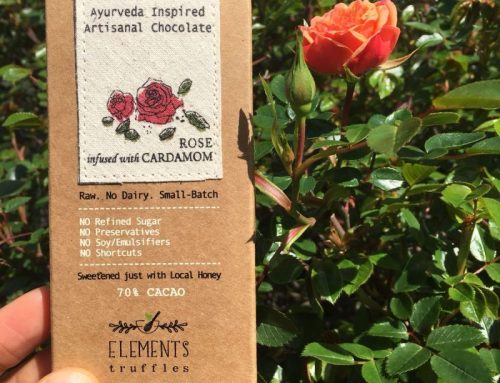We all know olives. And we all know olive oil. But the connection between the two be difficult to grasp for most of us, mostly because they don’t really taste much alike. The process of making olive oil from olives is one that dates back millienia.
Growing and Harvest
Growing is the obvious first step. Olive trees need time and space to bear fruit. Early olive growers gave their trees up to fifteen years to bear their first crop. Today’s varieties of trees grow closer together and expected to produce their black and green fruits within two years.
Olive groves need dry, arid soils for the best crop. Olives are ready to come off the tree between August and November. Farmers look for a solid green color or they can wait until the fruits are a rich black. The green fruits give olive oil a fresh, grass-like flavor while the black olives will produce a smooth, mild oil.
Farmers gather the olives by hand or shake them down branch by branch. Machines designed to harvest olives can shake the whole tree to make the process faster, but this is very stressful to the tree. Traditional farmers, like those that produce the famed millenary olive oils, prefer to harvest by hand.
Once collected, the olives are poured into crates and taken to a mill.
Stone Versus Hammer
Once harvested, the olives are then milled to produce oil. The traditional milling process is still in place in many orchards and serves to grind and process the olives into oil. Several kinds of mills are available to modern-day farmers and each affects the flavor of the oil.
Production begins by feeding the olives into either a stone mill or a hammer mill. A stone mill consists of two large, circular stones, one that lies flat and one that stands on top of it, placed inside a large basin. Olives feed into the mill and the stones go to work, turning the whole fruits, seeds included, into a thick paste. This method is slower than a hammer mill, but works at a lower temperature which is better for the olive oil’s flavor.
The hammer mill throws the olives against a metal screen, which is faster but heats the olives, changing the flavor of the oil. Both techniques crush whole olives into a thick paste.
Olive paste gets worked and stirred in a process called malaxation. This helps separate the oil from the fruit as it reverses the emulsification from the mill. The paste goes through malaxation between 30 and 60 minutes before the final pressing.
The Finish
Once the paste becomes thick and uniform, several options are available to press out the oil. One of the oldest methods involves spreading the paste onto the mesh, filter screens in the shape of a doughnut. The screens are stacked onto a metal spike. The rounds of paste are alternated with metal rings to increase the pressure as the whole column is squeezed from the top and bottom and oil runs down the sides. While more traditional, this method can contaminate the oil and is not ideal.
Selective Filtration, a new, no pressure method, works on the theory that oil will sit at the top of the paste and can be collected with a gentle extraction. Metal blades are dipped into the olive paste, the oil clings to them and is moved to a new container where it drips off. This is called a free run and gives the oil a unique taste as the fruit is kept warm and free from any pressure.
Varieties and Flavors of Olive Oil
Olive oil falls into one of three categories; Extra Virgin, Virgin or simply Olive Oil. Extra Virgin is the highest quality and has the most vitamins and minerals. Look for oils with a soft green color and a peppery to mild taste. It is excellent for dipping your favorite country bread or as a salad dressing.
Virgin olive oil is slightly higher in oleic acid and therefore less intense in flavor. It is less popular with shoppers and therefore harder to find on the shelves.
Heat or chemicals remove impurities from olive oil classified as regular. It is also a blend – virgin and refined olive oil come together to make this lighter, more neutral oil. Its color is pale yellow and the acid level is the highest, reaching between 3 and 4 percent. This oil is better for cooking but is not high quality.
Do you have a favorite olive oil? Have you ever been to an olive grove? Share or post below and tell us about your love of olive oil. Find out more on how to use olive oil.





